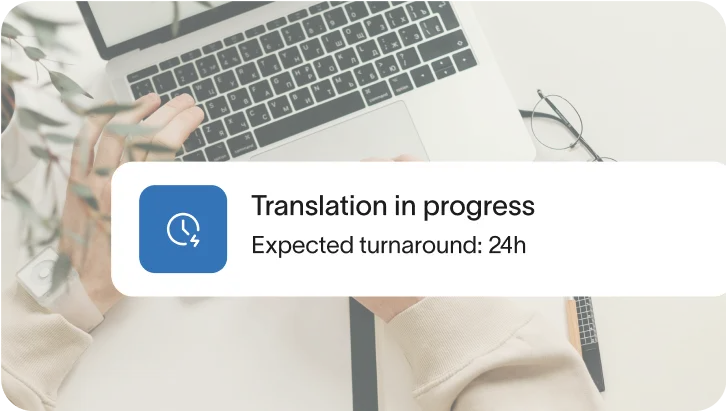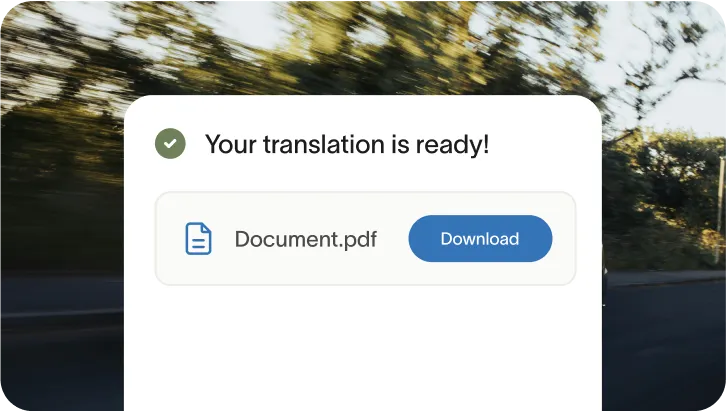Website & Software translation services
Businesses and organizations serving globally dispersed customers, users, and members need professional translations for websites and software. RushTranslate provides professional translations at $0.10 per word with 24-hour turnaround and unlimited revisions, and certified translations at $24.95 per page when required for compliance.































